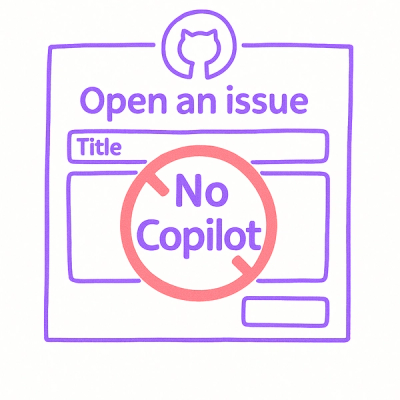prismjs-terminal
PrismJS, but for terminal output.
USAGE
import { highlight } from 'prismjs-terminal'
import { readFileSync } from 'fs'
const code = readFileSync('some-file.ts', 'utf8')
console.log(highlight(code, 'typescript'))
Custom Themes
Instead of CSS, themes are defined using an object with
styling functions that take a string and return a string.
The _ style rule applies to the block as a whole, and is used
as the default style. This is where you'd usually port a PrismJS
theme's code[class*="language-"] css rule.
The lineNumber style rule will apply to line numbers, if they
are used.
The semantics are similar to CSS, where a nested property will be
applied to nodes within that nesting stack with a higher
priority the more tags that match, and later rules taking
precedence over earlier ones. It's not a full CSS selector
syntax though, so things like .token.italic.bold aren't
supported. Just individual token class names, possibly nested.
Also, chalk is not CSS, and a terminal is not a browser, so
there are some differences and limitations of course.
Aliases are also not supported, styles have to be applied to the
actual parsed class names PrismJS provides.
For example:
import { defaultTheme, Theme } from 'prismjs-terminal'
import chalk from 'chalk'
const theme: Theme = {
comment: chalk.hex('#d75fff').italic,
function: [chalk.hex('#f08'), s => ` >${s}< `],
regex: chalk.bold,
'regex regex-source': chalk.green,
'regex regex-flags': chalk.blue,
'string, number': chalk.green,
}
console.log(highlight(code, 'typescript', { theme }))
console.log(highlight(code, 'typescript', { theme: 'xonokai' }))
See the themes directory in this repo for more
examples.
API
-
interface PrismJSTerminalOpts
theme The theme to use. Either a Theme object, or a
string identifying one of the built-in themes. Defaults to
'moria'.language The language of the supplied code to highlight.
Defaults to tsx if no filename is provided, or else
tries to infer the language from the filename. You must
have previously called loadLanguages([...]) from
PrismJS in order to highlight a given language, if you
want something that is not automatically included when
tsx and typescript are included.minWidth The minimum width to make the block on the
screen. Defaults to 0.maxWidth The maximum width to make the block on the
screen. Defaults to process.stdout.columns or 80.padding How many spaces to horizontally pad the code
block. Defaults to 1.lineNumbers Whether or not to prepend a line number to each
line. Defaults to false.
-
highlight(code: string, opts?: PrismJSTerminalOpts): string
Highlight the string of code provided, returning the string of
highlighted code.
-
highlightFile(filename: string, opts?: PrismJSTerminalOpts): Promise<string>
Read the filename provided, and highlight its code. If a
language is not provided in the opts, it will attempt to infer
from the filename.
-
highlightFileSync(filename: string, opts?: PrismJSTerminalOpts): string
Synchronous highlightFile.
-
Themes:
More are welcome! If you have a PrismJS theme you like, do
send a PR. Of course not everything translates, but it's quite
straightforward to take a PrismJS CSS file and turn all the
color: #... lines into chalk.hex('#...') calls.
Theme objects can be either a Map or object where the keys are
the selectors and the values are either a styling function or
an array of styling functions to be applied in order.
debug This just dumps the code wrapped in <tag>...</tag>
to see what the token names are. Useful for tests and such.plain No styling, just the code as plain text.github Port of GHColors prismjs theme.moria Inspired by Vim Moria color scheme.prismDark Port of the prism-dark PrismJS theme.xonokai Port of the xonokai PrismJS theme.



